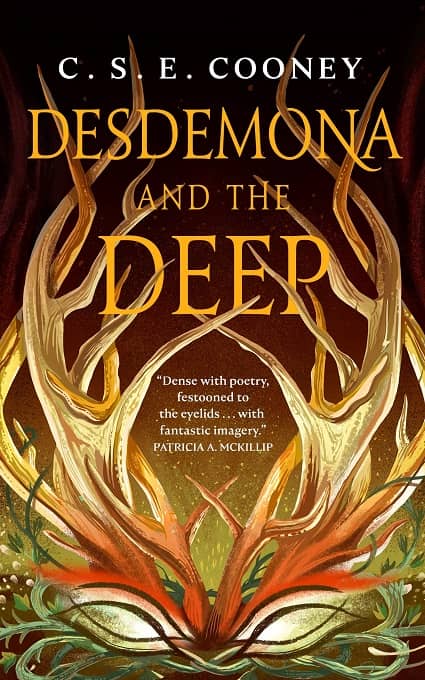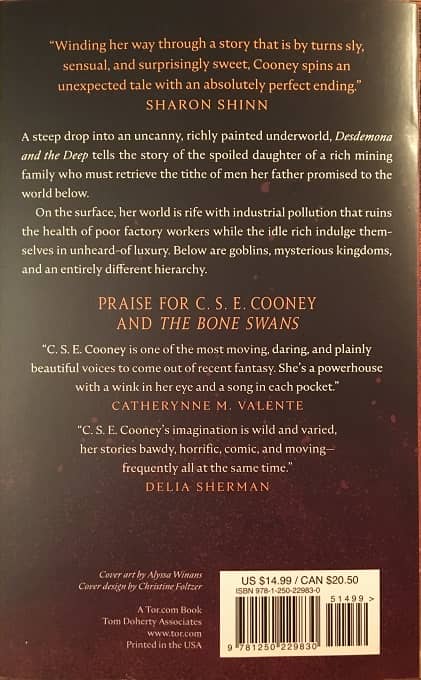Fantasia, Day 4, Part 1: The Wonderland
 In reviewing the movies I see at Fantasia I like to mention the theatre in which I see a film, because the room the film’s screened in often gives a hint about the movie’s nature. The smaller De Sève is often a venue for indie cinema and lesser-known pictures. The larger Hall will usually hold more obviously popular movies, meaning a lot of action films and blockbusters. This is not inevitable, and there are a number of reasons why something you’d think you’d see in one cinema gets hosted in the other. But the two theatres do have their own personalities, and sometimes you watch a movie that fits the personality of the place perfectly.
In reviewing the movies I see at Fantasia I like to mention the theatre in which I see a film, because the room the film’s screened in often gives a hint about the movie’s nature. The smaller De Sève is often a venue for indie cinema and lesser-known pictures. The larger Hall will usually hold more obviously popular movies, meaning a lot of action films and blockbusters. This is not inevitable, and there are a number of reasons why something you’d think you’d see in one cinema gets hosted in the other. But the two theatres do have their own personalities, and sometimes you watch a movie that fits the personality of the place perfectly.
Which is all by way of saying that on Sunday, July 14, I headed down to the Hall to watch The Wonderland (also Birthday Wonderland, originally Bāsudē wandārando, バースデー・ワンダーランド), a new animated film by Keiichi Hara, whose previous film Miss Hokusai had greatly impressed me. Miho Maruo, who wrote the script adapting Miss Hokusai from the original manga, also handles the script for The Wonderland, which is based on a 1988 novel (Chikashitsu Kara No Fushigi Na Tabi, literally Strange Journey From the Basement) by Sachiko Kashiwaba. Kashiwaba’s an award-winning children’s writer in Japan; Hayao Miyazaki once tried to adapt her novel Kirino Mukouno Fushigina Machi (A Mysterious Town Over the Mist), ultimately scrapping the attempt but keeping the bathhouse setting for the film that became Spirited Away. If The Wonderland is any indication, her work and themes have some clear parallels with his.
Akane (Mayu Matsuoka) is a Japanese girl about to turn 13, who goes to the knickknack shop operated by her flighty aunt Chii (Anne Watanabe) to get her birthday present. There, she and Chii are surprised when she encounters the mustachioed and top-hatted alchemist named Mister Hippocrates (Masachika Ichimura) and his assistant Pipo (Nao Tôyama), who reveal that Akane has a destiny in a mysterious otherworld that can only be reached through the basement of Chii’s store. It turns out that in this fantasyland Akane’s the latest incarnation of the Goddess of Green Wind, who is the only one who can save the world from its slow decay into colourlessness. Akane’s opposed by mysterious figures who have their own schemes to stop the erosion of colour, and sets out on a quest through the various lands of this World Beyond to the centre of all things.
This is a straight-ahead well-told fantasy adventure story. Designs are consistently strong and inventive; there’s a prodigality of visual ideas, with elaborate and individual interiors and exteriors. The motif of colour comes across well, as every location is filled with bright eye-popping hues except for those suffering under the entropic plague. Oddly, the real-world settings have almost as much colour to them, making the World Beyond perhaps a trifle less distinct than it might have been. Still, there’s no danger of confusing the two realms; not just the magic but the societies of the other world are different from this one. In that world, technology stopped developing after a certain point: “We were happy enough as we were, I suppose,” one of the inhabitants reflects.
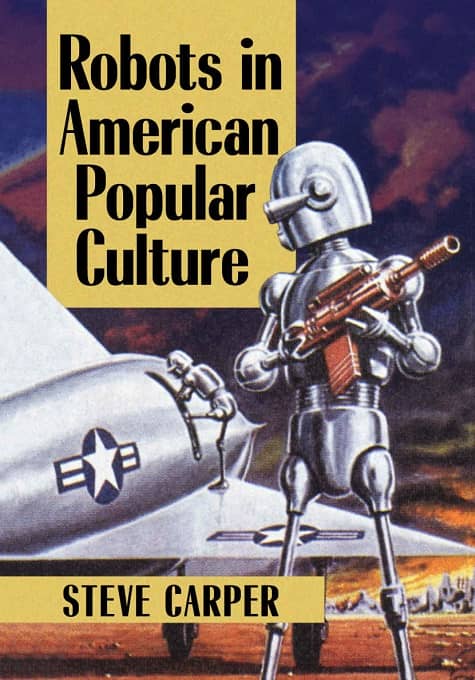
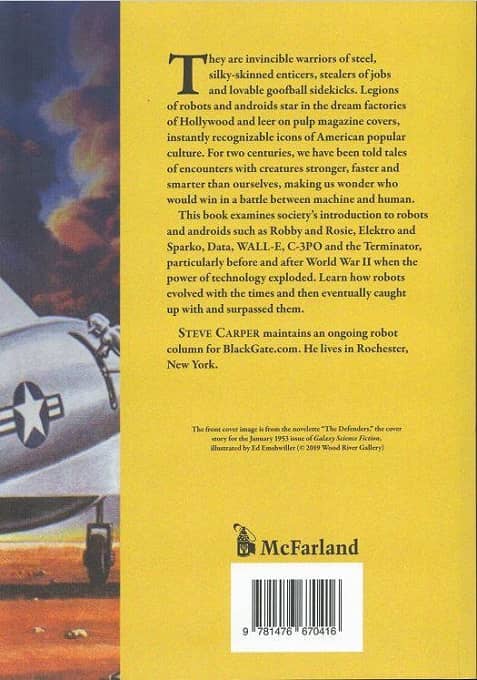
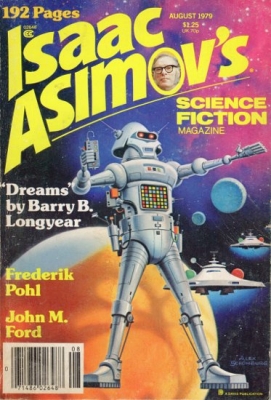
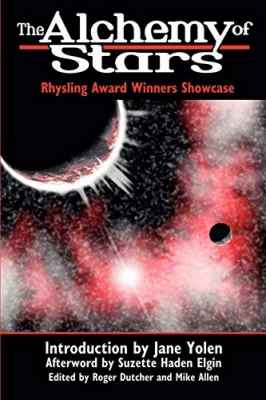
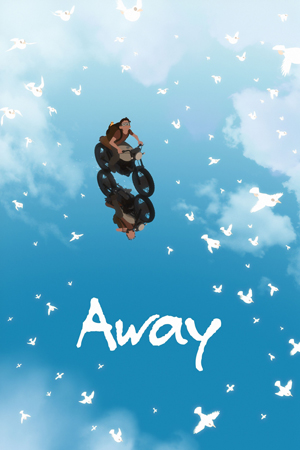 My second feature film of Saturday, July 13, was at the De Sève Theatre. It was the one-man animated feature Away, by Latvian Gints Zilbalodis. Zilbalodis wrote, directed, edited, animated, designed the sound, and did everything else for this 75-minute wordless fable about a young man trying to cross a mysterious island.
My second feature film of Saturday, July 13, was at the De Sève Theatre. It was the one-man animated feature Away, by Latvian Gints Zilbalodis. Zilbalodis wrote, directed, edited, animated, designed the sound, and did everything else for this 75-minute wordless fable about a young man trying to cross a mysterious island.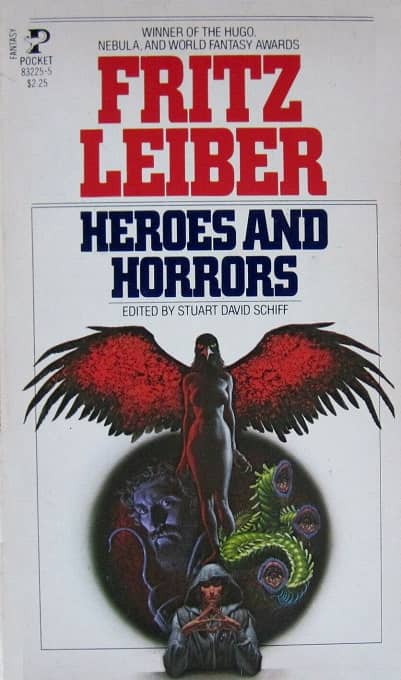
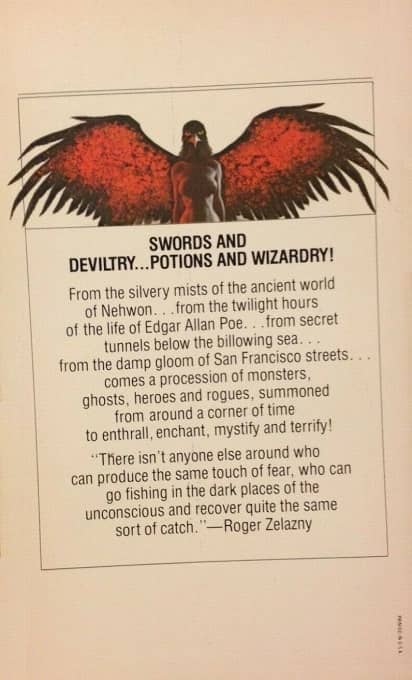
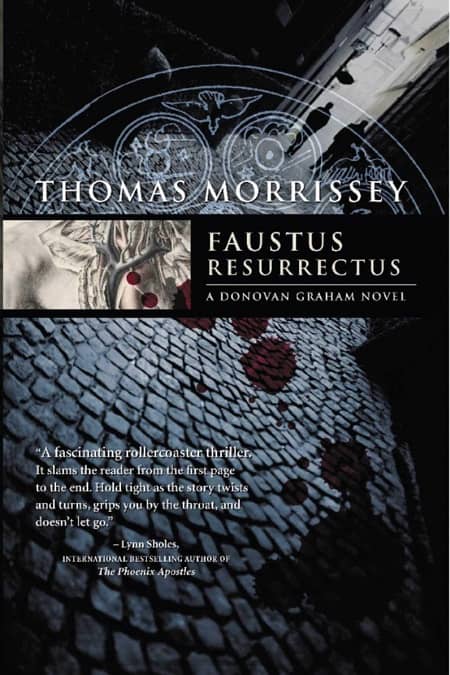
 There’s a critical truism that all art is political. I would prefer to phrase it as “all art can be read politically,” because art has to be interpreted. And no work of art can be read only one way. Individual perspective and changing circumstances will give a work very different meanings, possibly including different political significance. (I once worked out my version of the truism as “all readings of art will depend in part on the reader’s historical and political situation,” which is why I’m not a sloganeer.)
There’s a critical truism that all art is political. I would prefer to phrase it as “all art can be read politically,” because art has to be interpreted. And no work of art can be read only one way. Individual perspective and changing circumstances will give a work very different meanings, possibly including different political significance. (I once worked out my version of the truism as “all readings of art will depend in part on the reader’s historical and political situation,” which is why I’m not a sloganeer.)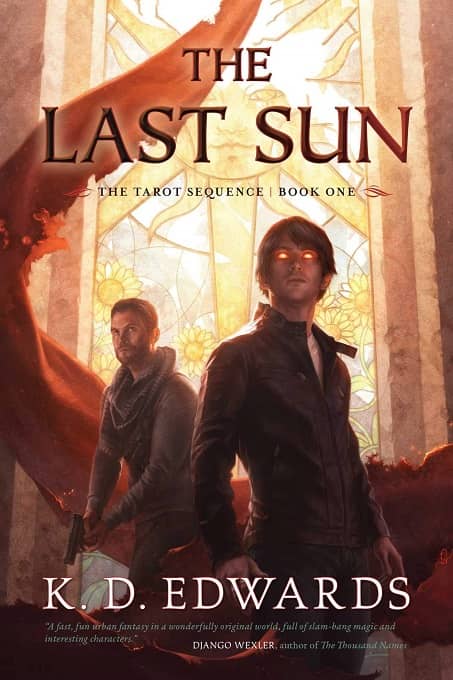
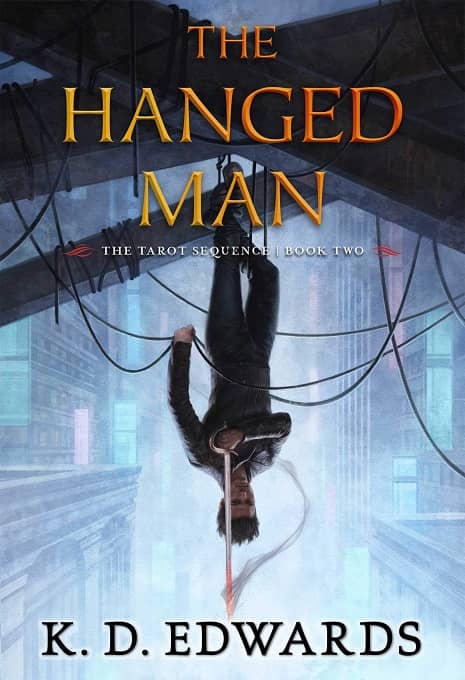
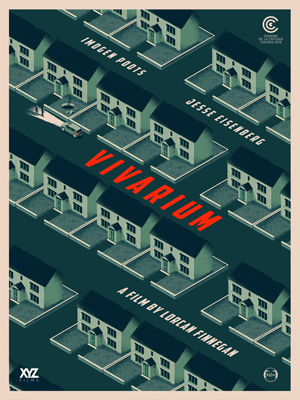 I’d skipped the first day of the 2019 Fantasia Festival since the only movie I wanted to watch, The Deeper You Dig, played the next afternoon. That gave me three movies on Day 2, and after seeing first an indie horror film made by three people and then an Australian comedy led by a major Hollywood star, I could only wonder what I’d get in the Irish-Danish-Belgian co-production called Vivarium.
I’d skipped the first day of the 2019 Fantasia Festival since the only movie I wanted to watch, The Deeper You Dig, played the next afternoon. That gave me three movies on Day 2, and after seeing first an indie horror film made by three people and then an Australian comedy led by a major Hollywood star, I could only wonder what I’d get in the Irish-Danish-Belgian co-production called Vivarium. 